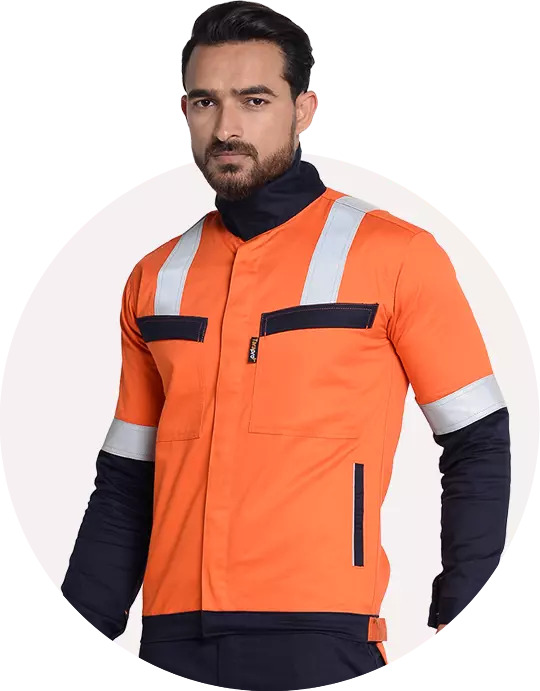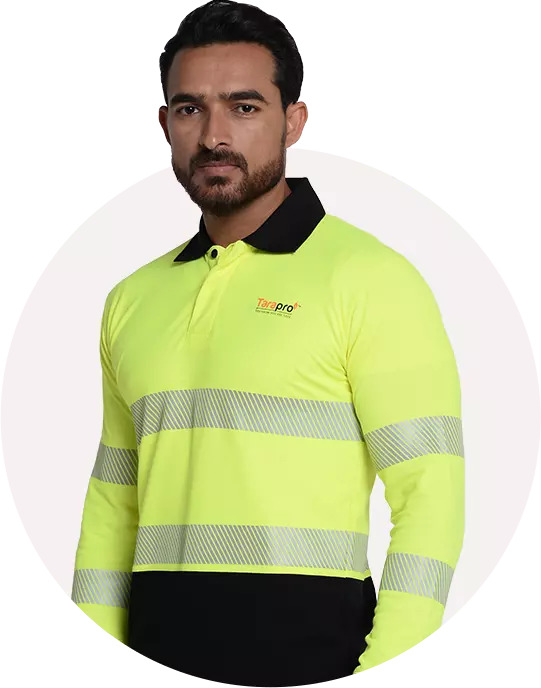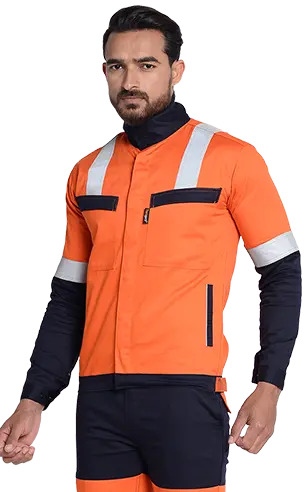
In today’s industrial landscape, ensuring the safety of workers is paramount. Flame Resistant (FR) clothing stands as a crucial line of defense against fire hazards in various industries, safeguarding workers and enhancing overall workplace safety. From oil refineries to electrical utilities, the benefits of FR clothing extend far beyond mere protection from flames. Let’s delve into the myriad advantages that FR clothing offers across different sectors.
1. Oil and Gas Industry
In the oil and gas industry, workers face numerous fire hazards daily. FR clothing provides essential protection against flash fires and flammable liquids, significantly reducing the risk of severe burns and injuries. Moreover, FR garments are designed to withstand harsh environmental conditions, ensuring durability and longevity even in rugged work environments.
2. Petrochemical Sector
Similar to the oil and gas industry, petrochemical plants pose significant fire risks due to the presence of volatile chemicals and processes. FR clothing serves as a crucial barrier against potential ignition sources, offering workers reliable protection against flash fires, chemical splashes, and arc flashes. By mitigating the risk of injuries, FR clothing fosters a safer working environment and boosts employee confidence and morale.
3. Electrical Utilities
Electrical utilities are inherently hazardous environments, with workers exposed to the dangers of arc flashes and electrical fires. FR clothing designed specifically for electrical arc flash protection plays a vital role in safeguarding workers against the intense heat and thermal energy released during electrical incidents. By preventing burns and injuries, FR clothing enables workers to perform their duties with greater peace of mind and focus.
4. Welding and Metal Fabrication
In welding and metal fabrication operations, sparks, molten metal, and radiant heat pose significant risks to workers’ safety. FR clothing with specialized features such as flame-resistant coatings and high-temperature insulation provides effective protection against welding splatter, radiant heat, and molten metal spatter. Additionally, the durability and flexibility of FR garments ensure comfort and mobility, allowing welders to work efficiently without compromising safety.
5. Firefighting
Firefighters confront extreme heat and flames in the line of duty, necessitating the use of advanced protective gear, including FR clothing. FR turnout gear offers firefighters unparalleled protection against heat, flames, and thermal exposure during firefighting operations. By minimizing heat stress and thermal injuries, FR clothing enhances firefighters’ ability to perform their critical tasks safely and effectively, ultimately saving lives.
6. Construction Industry
In the construction industry, workers are exposed to various fire hazards, including combustible materials, electrical equipment, and welding operations. FR clothing provides essential protection against these risks, reducing the likelihood of burns and injuries in the event of a fire or arc flash incident. Furthermore, the comfort and breathability of FR garments enhance worker productivity and comfort, contributing to overall job satisfaction and performance.
From oil refineries to construction sites, the benefits of FR clothing are evident across diverse industries. By providing reliable protection against fire hazards, arc flashes, and thermal exposure, FR clothing not only safeguards workers’ lives but also enhances workplace safety, productivity, and morale. As industries continue to prioritize worker safety, the adoption of FR clothing remains a critical component of comprehensive safety programs, ensuring that workers can perform their duties with confidence and peace of mind.





